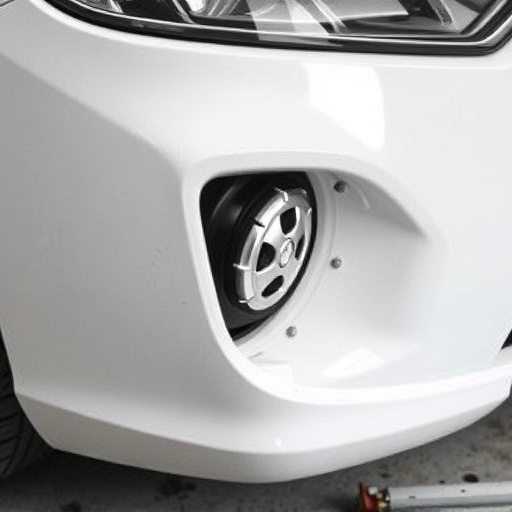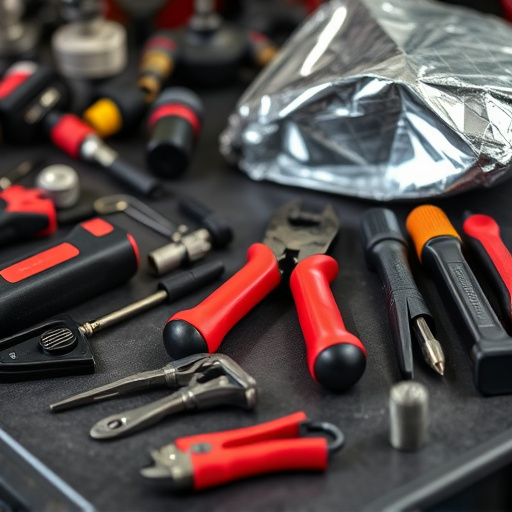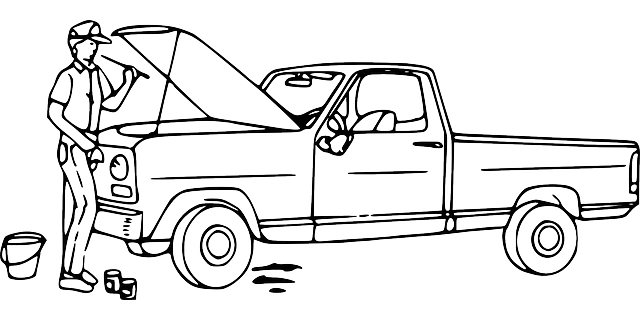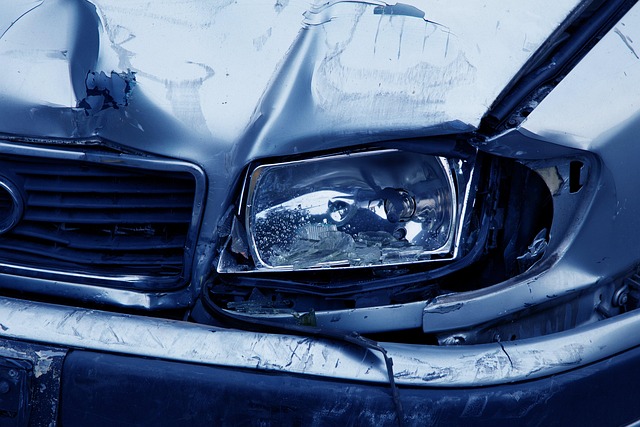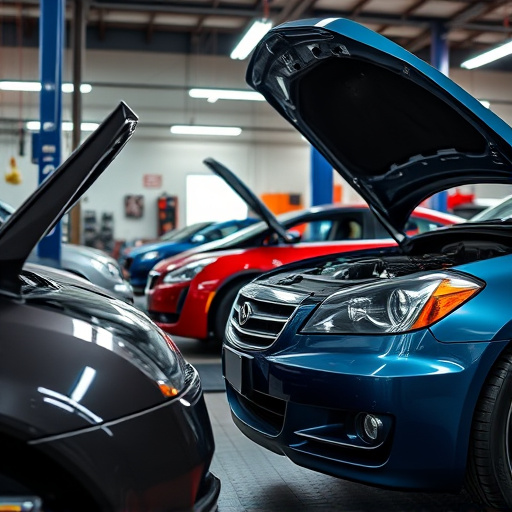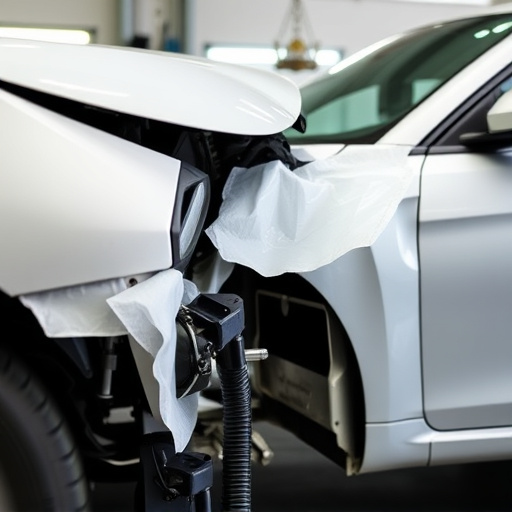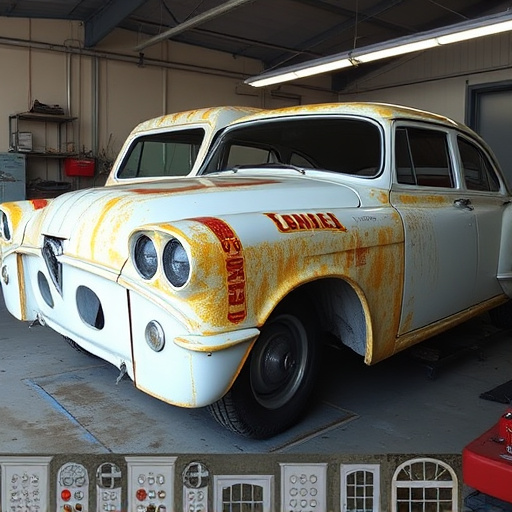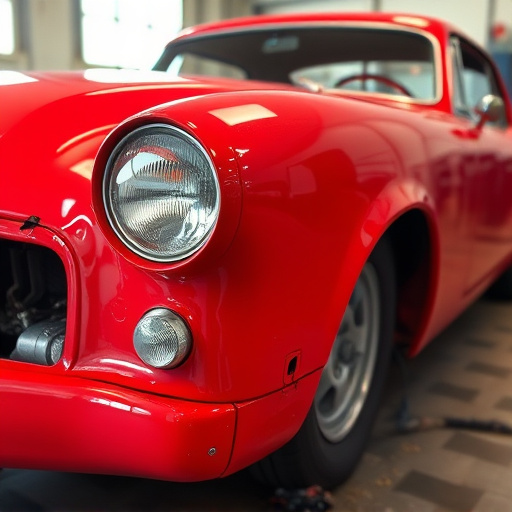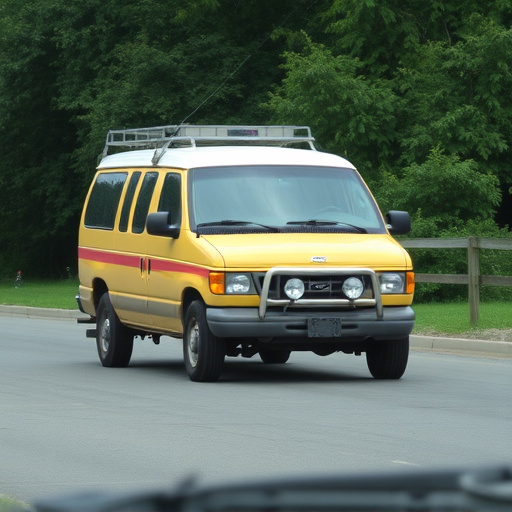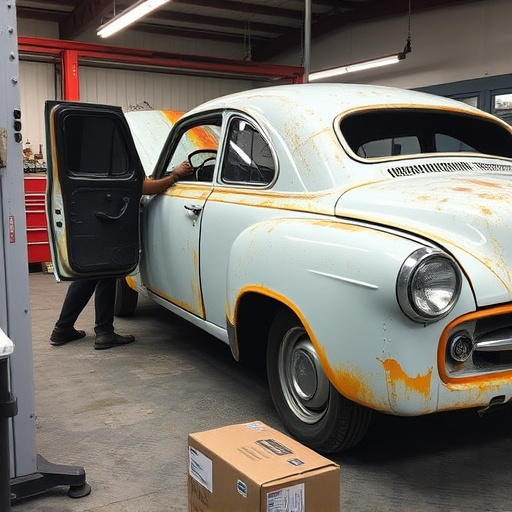Transmission mounts, critical for vehicle stability during accidents, often go unnoticed until damage occurs. Regular transmission inspections are vital for proactive issue identification and collision repair, ensuring drivetrain safety and performance. After an accident, skilled technicians conduct thorough assessments using advanced tools to detect damage, fluid leaks, and worn components, restoring both drivetrain and bodywork integrity.
In the aftermath of a car accident, understanding the impact on critical components like transmission mounts is essential for safe and reliable vehicle reconstruction. Transmission mounts play a crucial role in smooth power transfer, supporting the transmission’s weight, and absorbing shock. This article delves into the intricate world of transmission mounts, explores how accidents affect them, and outlines post-accident inspection and repair procedures, emphasizing the importance of thorough transmission inspection accident assessments for safe vehicle restoration.
- Understanding Transmission Mounts and Their Function
- Impact of Car Accidents on Transmission Mounts
- Post-Accident Transmission Inspection and Repair Procedures
Understanding Transmission Mounts and Their Function
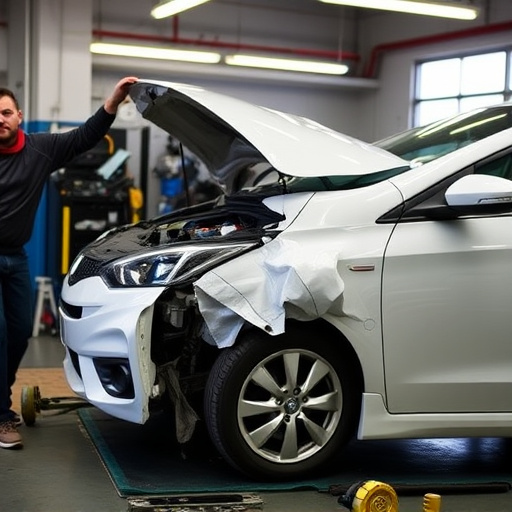
Transmission mounts are integral components of a vehicle’s drivetrain system, responsible for connecting and supporting the transmission to the engine. They play a crucial role in ensuring smooth power transfer from the engine to the wheels. During a car accident, these mounts bear the brunt of the impact, often leading to significant damage. A thorough understanding of transmission mounts and their function is essential for anyone involved in vehicle maintenance or collision repair services.
Regular transmission inspection is vital to identifying potential issues before they escalate. In the event of an accident, skilled body shop services can assess and repair these mounts, ensuring the safety and performance of the drivetrain. For classic car restoration enthusiasts, understanding the intricacies of transmission mounts can be a game-changer, helping them meticulously rebuild and preserve their vehicles’ historical integrity.
Impact of Car Accidents on Transmission Mounts
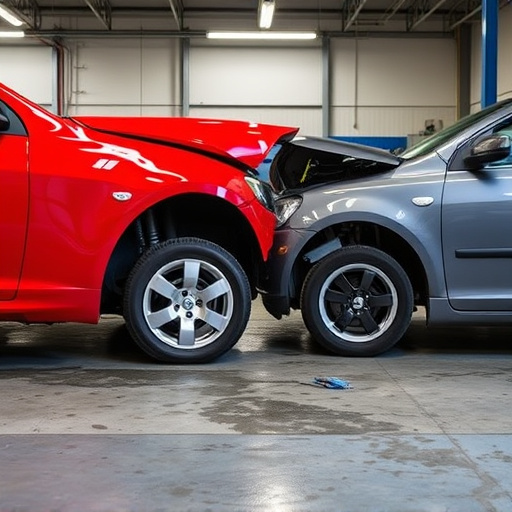
In car accidents, transmission mounts are often overlooked components that play a crucial role in vehicle stability and safety. During a collision, even minor ones, extreme forces are exerted on these mounts, which can lead to significant damage. Transmission inspection after an accident becomes paramount as these mounts secure the transmission, preventing it from shifting or disconnecting during impact. Any compromise in their integrity can result in costly repairs or even complete transmission failure.
A thorough transmission inspection following an accident is essential for several reasons. It helps identify cracks, breaks, or dislodged mounting components that may have been affected by the collision. Early detection of such issues facilitates prompt collision repair, preventing further complications and ensuring the safety and reliability of the vehicle during future operations. Effective vehicle restoration demands a keen eye for detail when it comes to transmission mounts, as they are key elements in maintaining optimal performance and preventing more serious automotive issues down the line.
Post-Accident Transmission Inspection and Repair Procedures
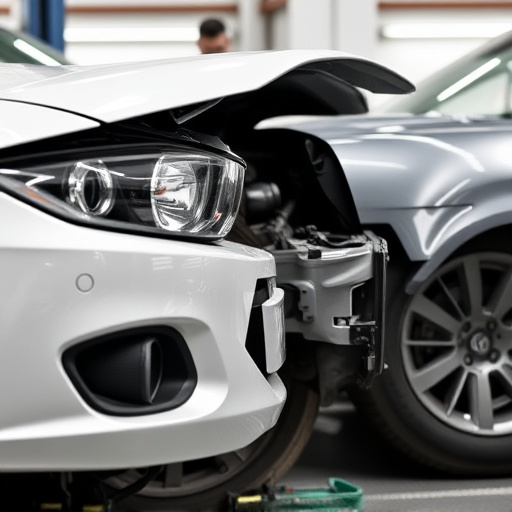
After a car accident, proper transmission inspection and repair are crucial steps in the vehicle’s recovery process. The first step involves a thorough assessment by experienced technicians who specialize in automotive transmissions. This includes examining the mount for any signs of damage or misalignment that could impact its functionality. Advanced diagnostic tools may be employed to check for internal issues like fluid leaks, damaged gears, or worn-out components.
During the inspection, technicians will also assess the overall condition of the vehicle’s body, especially in a collision center, where body shop services are offered. They look for any related damage to the transmission mount and surrounding areas, ensuring that repairs are not only limited to the drivetrain but encompass the entire vehicle bodywork as well. Once identified, necessary repairs or replacements can be made, guaranteeing optimal performance and safety when the vehicle is back on the road.
In conclusion, understanding how car accidents impact transmission mounts is crucial for ensuring proper vehicle safety and reliability. After a collision, thorough transmission inspection becomes essential to identify any damage or misalignment that could compromise performance. Following established repair procedures guarantees that the transmission system is restored to its optimal state, minimizing future issues and enhancing overall vehicle longevity. For anyone involved in a car accident, prioritizing post-accident transmission inspection is vital for both safety and cost-effectiveness.
